Customer Service Plan Samples
-
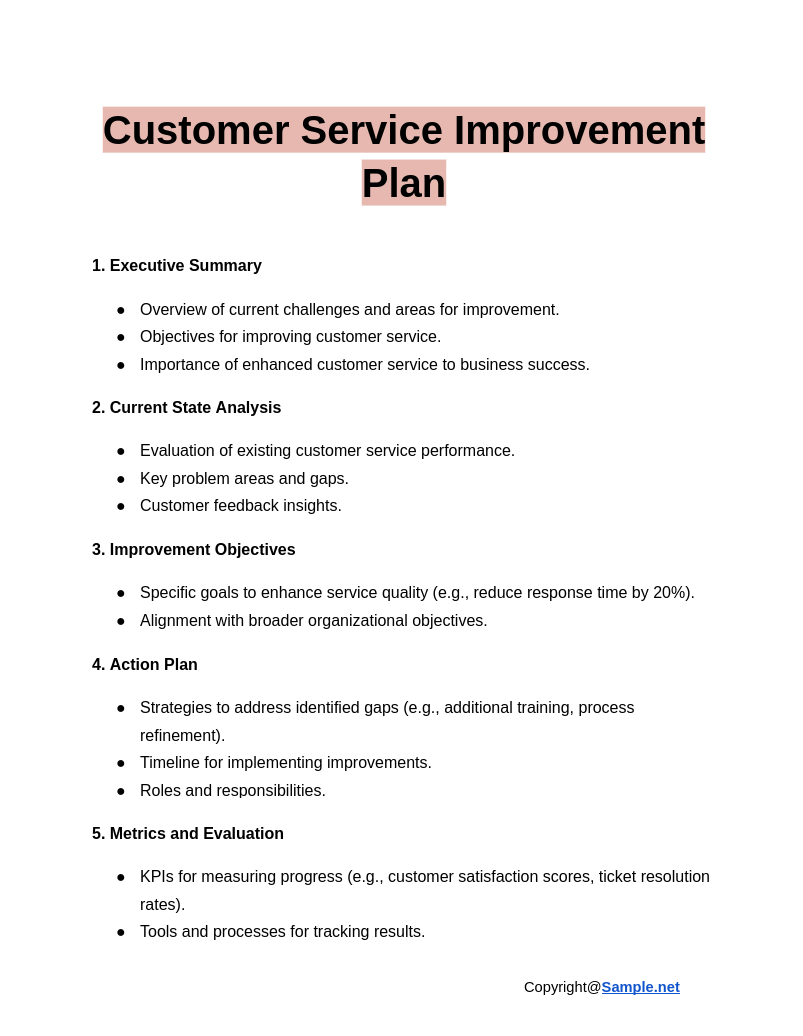
Customer Service Improvement Plan
download now -
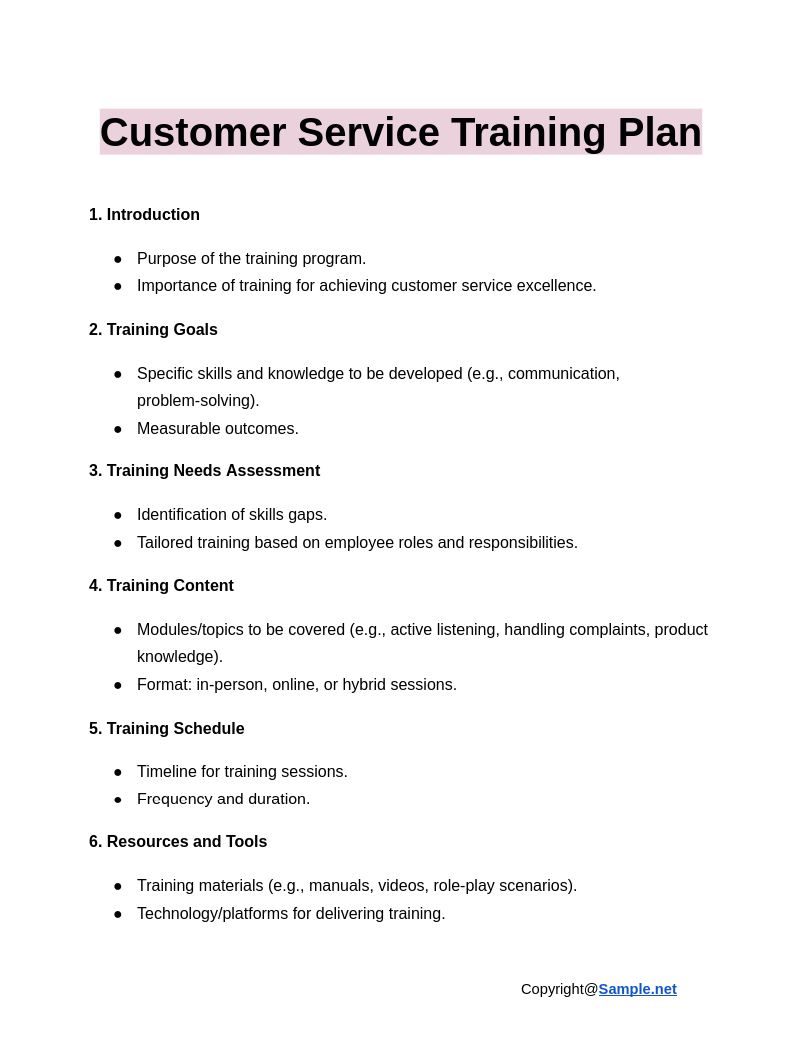
Customer Service Training Plan
download now -
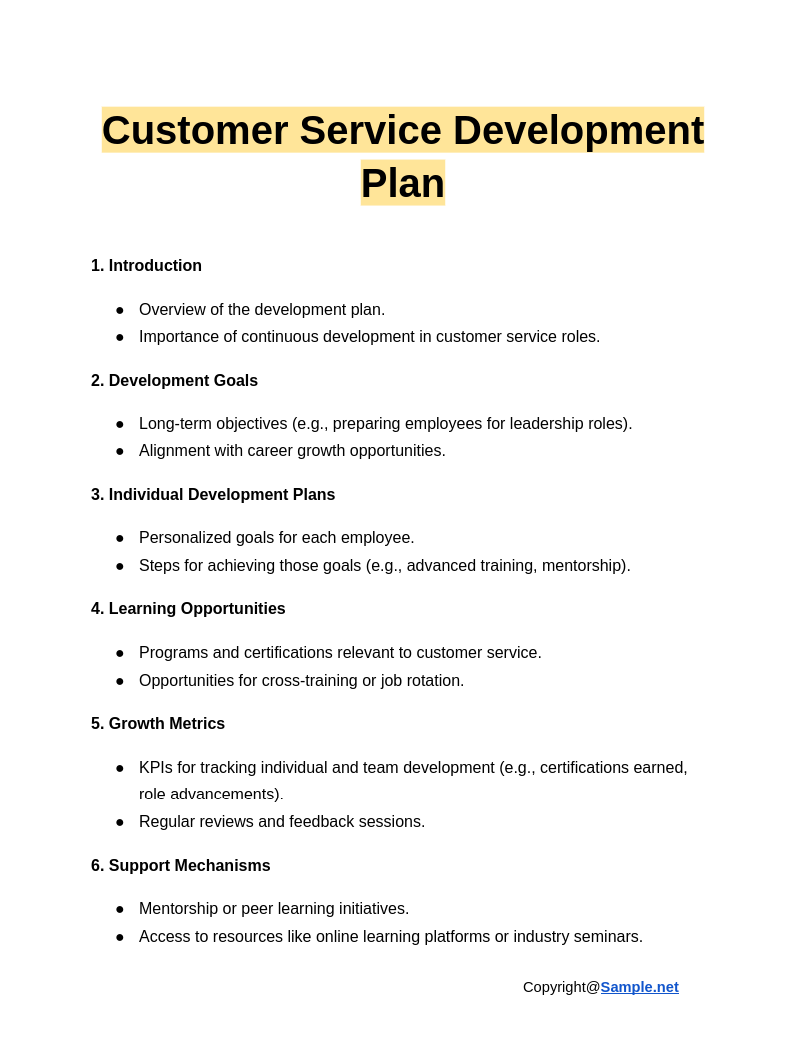
Customer Service Development Plan
download now -
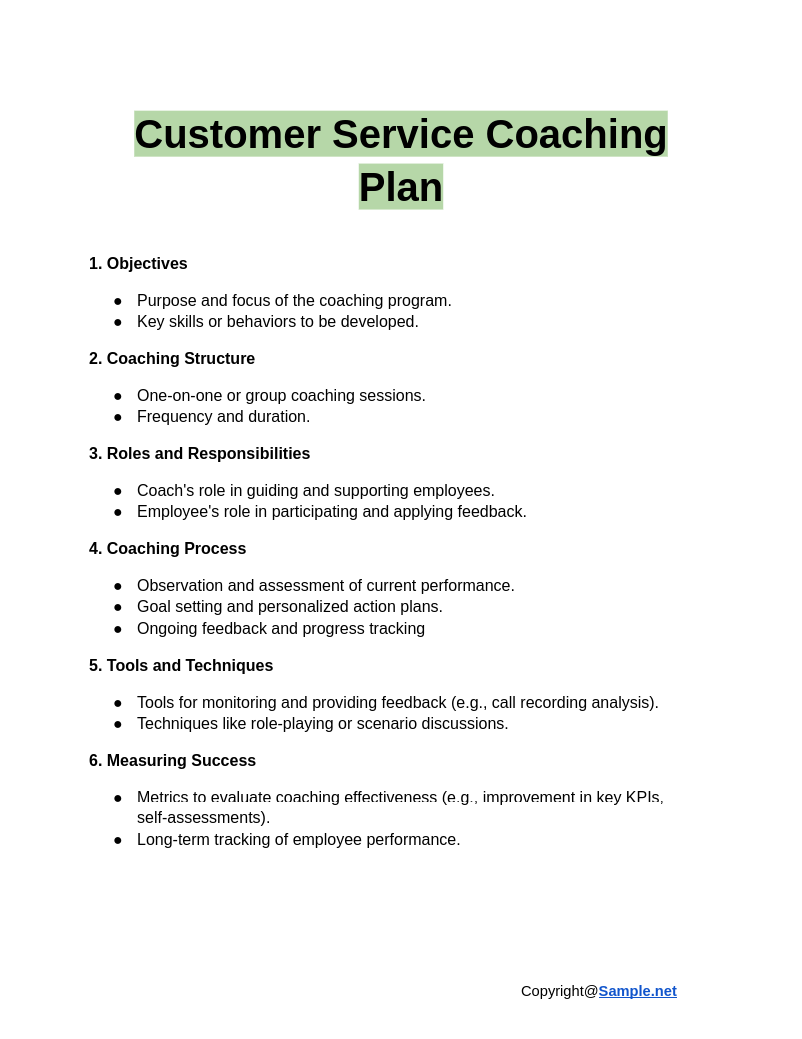
Customer Service Coaching Plan
download now -
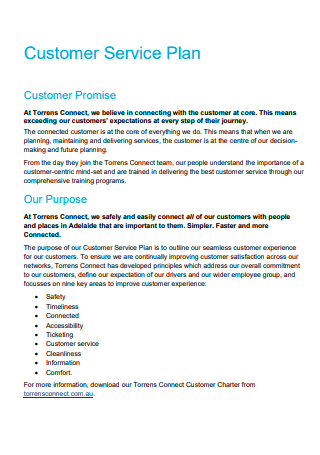
Customer Service Plan Template
download now -

Basic Customer Service Plan
download now -
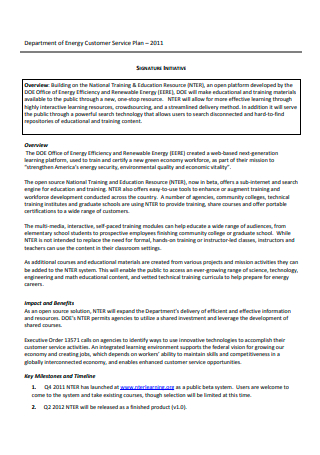
Department of Energy Customer Service Plan
download now -
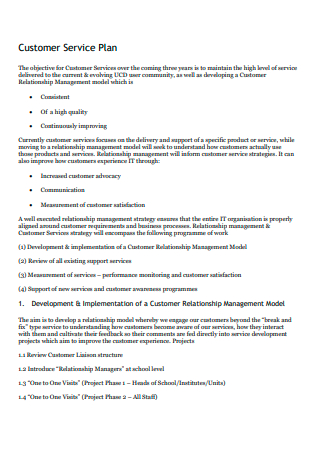
Customer Service Plan Example
download now -
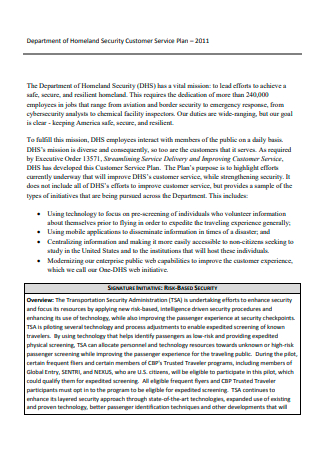
Department of Homeland Security Customer Service Plan
download now -

Accessible Customer Service Plan
download now -
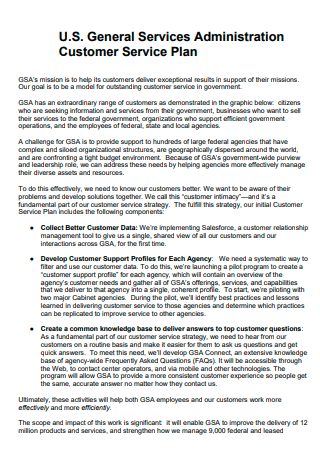
Customer Service Administration Plan
download now -
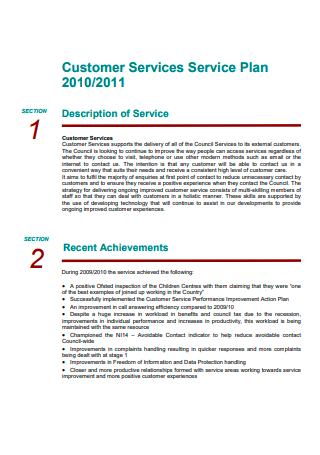
Customer Services Service Plan
download now -
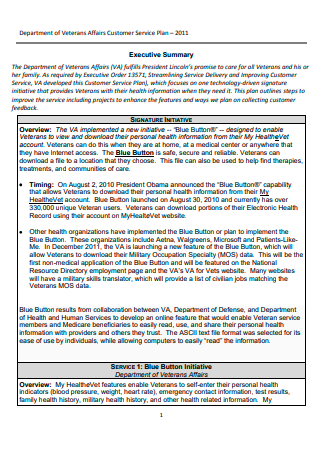
Department of Affairs Customer Service Plan
download now -
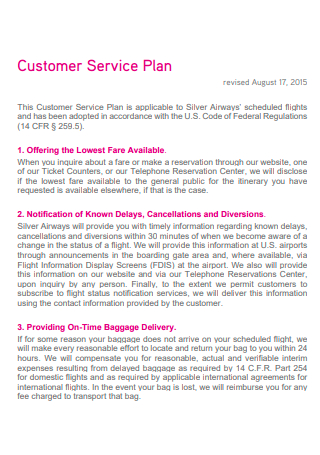
Standard Customer Service Plan
download now -
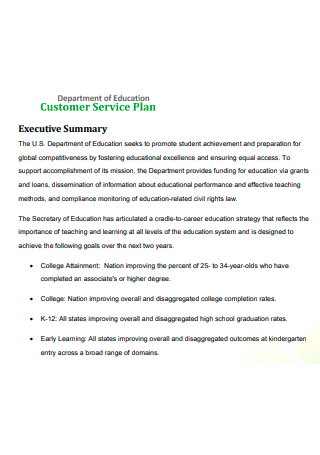
Department of Education Customer Service Plan
download now -
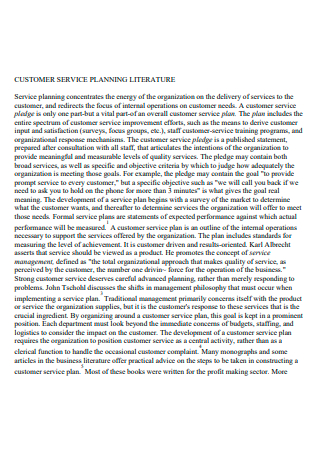
Customer Service Planning Literature
download now -
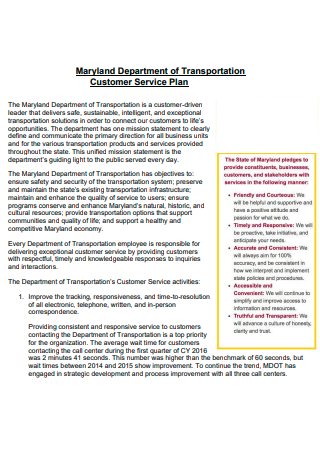
Department of Transportation Customer Service Plan
download now -
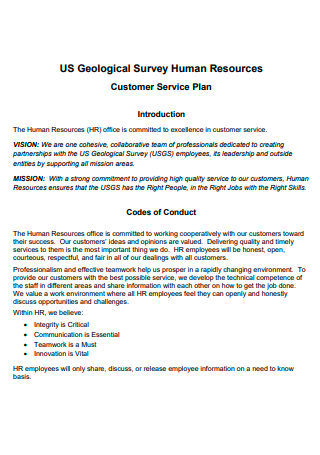
Geological Survey Human Resources Customer Service Plan
download now -
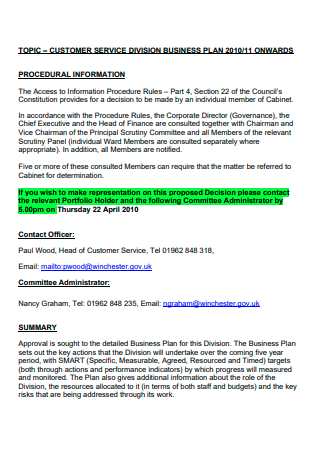
Customer Service Division Business Plan
download now -
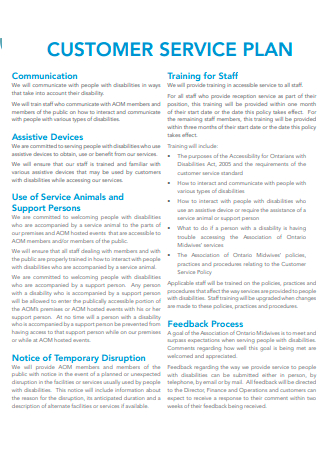
Formal Customer Service Plan
download now -

Community Customer Service Plan
download now -
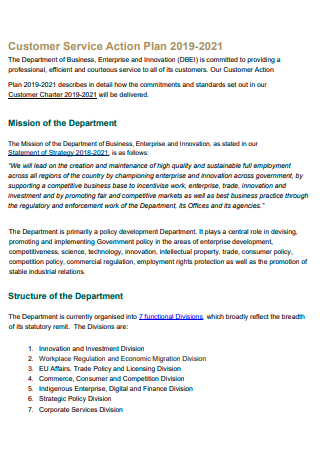
Customer Service Action Plan
download now -
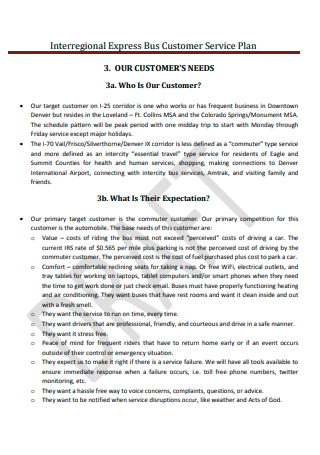
Bus Customer Service Plan
download now -
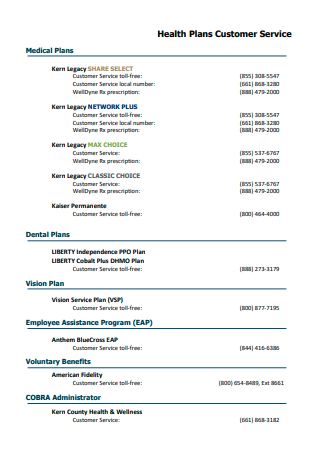
Health Customer Service Medical Plan
download now -
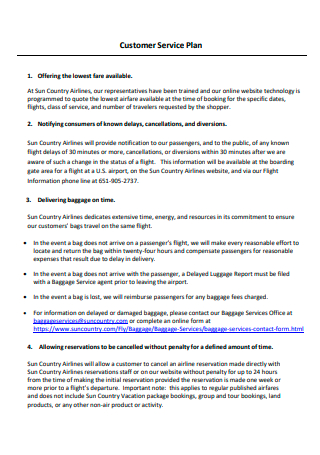
Simple Customer Service Plan
download now -

Accessible Customer Service Plan and Policy
download now -
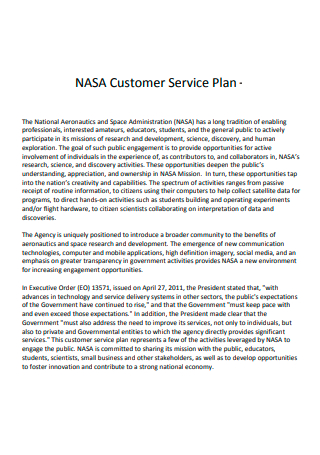
NASA Customer Service Plan
download now -
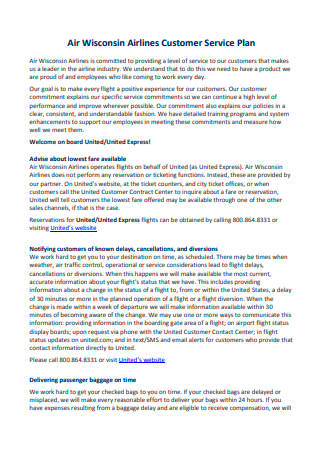
Airlines Customer Service Plan
download now -
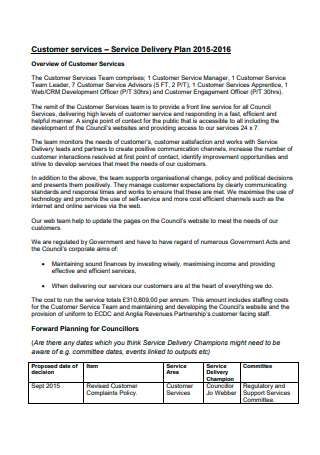
Customer Service Delivery Plan
download now -
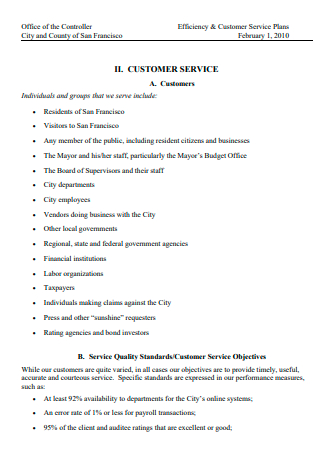
Efficiency and Customer Service Plan
download now -
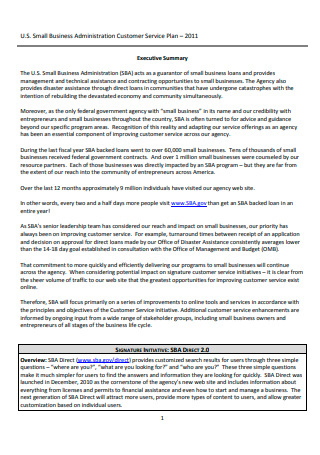
Small Business Administration Customer Service Plan
download now -
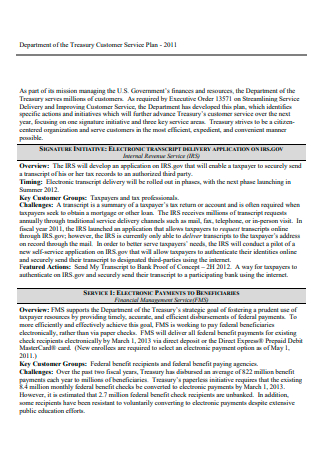
Department of Treasury Customer Service Plan
download now -
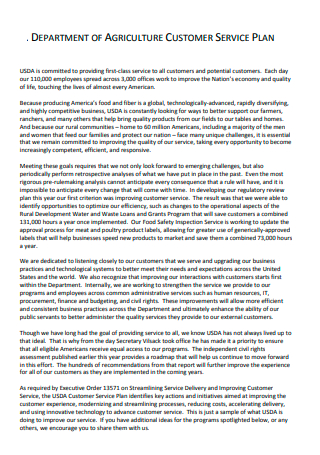
Department of Agriculture Customer Service Plan
download now -
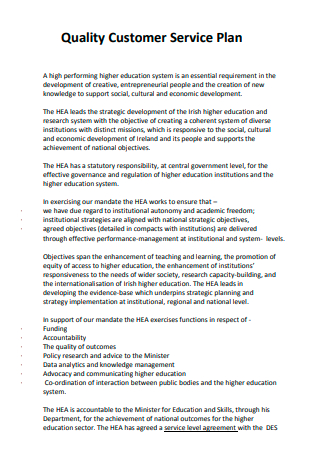
Quality Customer Service Plan
download now -
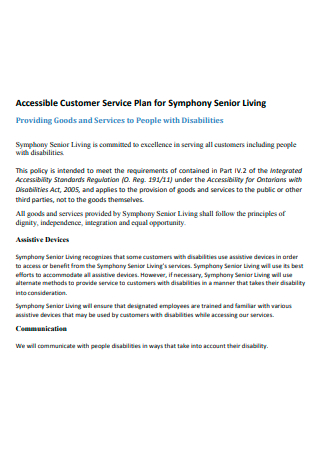
Accessible Customer Service Plan For Senior Living
download now -
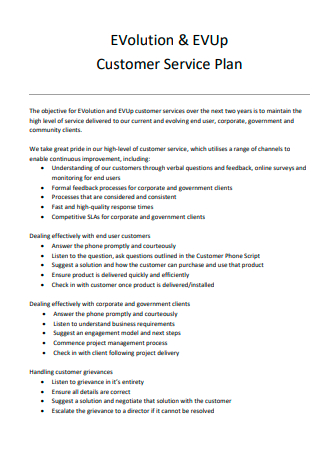
Customer Service Plan Format
download now -
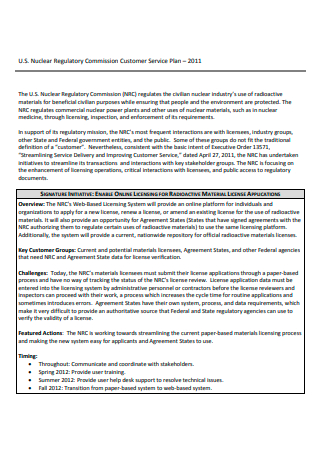
Nuclear Regulatory Commission Customer Service Plan
download now -
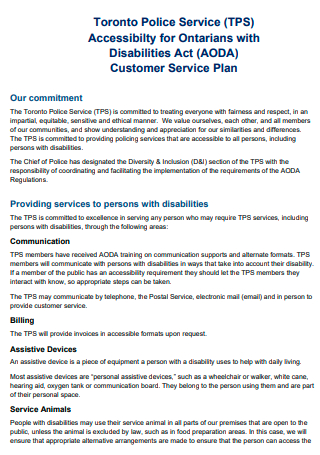
Disabilities Customer Service Plan
download now -
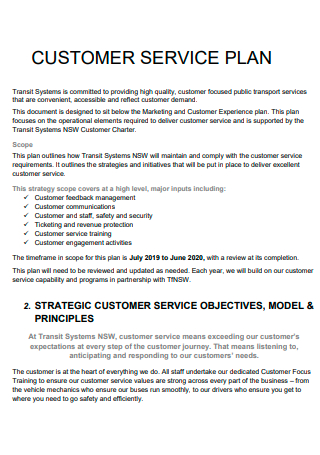
Draft Customer Service Plan
download now -

Customer Service Care Plan
download now -
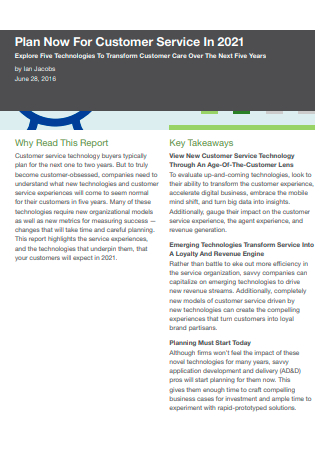
Sample Customer Service Plan
download now -
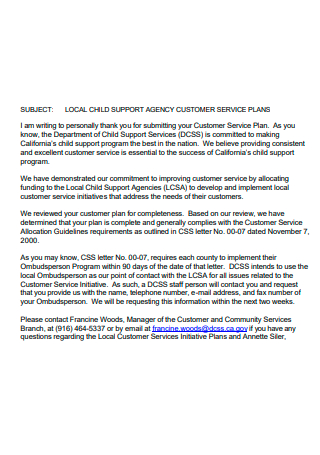
Agency Customer Service Plan
download now -
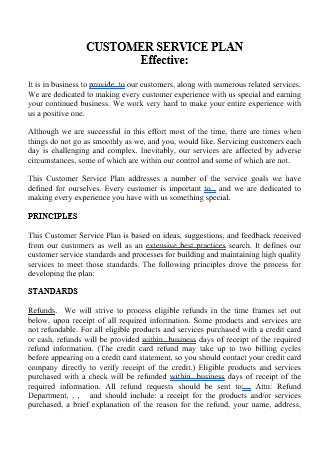
Effective Customer Service Plan
download now
FREE Customer Service Plan s to Download
Customer Service Plan Format
Customer Service Plan Samples
a Customer Service Plan?
Benefits of Utilizing a Customer Service Plan
How to Create a Customer Service Plan
FAQs
What are the customer service objectives?
What does it mean to provide superior customer service?
What are the customer’s primary concerns?
What are the core elements of a successful customer service plan?
What role does technology play in modern customer service plans?
What challenges do businesses face when implementing a customer service plan?

Download Customer Service Plan Bundle
Customer Service Plan Format
1. Executive Summary
- Brief overview of the plan.
- Goals of the customer service strategy.
- Importance of customer service in achieving business objectives.
2. Mission Statement
- A concise statement that defines your commitment to customer satisfaction.
- Reflects your business values and vision.
3. Objectives
- Clear, measurable customer service goals (e.g., “Respond to 95% of inquiries within 24 hours”).
- Prioritized areas of focus (e.g., speed, quality, personalization).
4. Customer Profile
- Description of your target audience.
- Key customer needs and preferences.
- Challenges customers face that your service will address.
5. Customer Service Standards
- Response time expectations.
- Quality standards (e.g., “Ensure resolutions on the first contact for 80% of issues”).
- Communication guidelines (tone, language, and medium).
6. Communication Channels
- List of channels for customer interaction (e.g., phone, email, live chat, social media, in-person).
- Guidelines for using each channel effectively.
7. Service Process
- Step-by-step guide for handling customer inquiries, complaints, and feedback.
- Workflow for escalations and resolving complex issues.
8. Tools and Technology
- Software and platforms used for customer service (e.g., CRM, chatbots, ticketing systems).
- Training or support required to use these tools effectively.
9. Employee Training
- Training programs for customer service staff.
- Key skills and knowledge areas (e.g., empathy, communication, product knowledge).
- Ongoing development and evaluation strategies.
10. Feedback and Continuous Improvement
- Methods for collecting customer feedback (surveys, reviews, direct communication).
- Process for analyzing feedback and implementing improvements.
- Metrics for evaluating the effectiveness of customer service (e.g., Net Promoter Score, customer satisfaction ratings).
11. Contingency Plans
- Preparedness for unexpected situations (e.g., system downtime, high inquiry volume).
- Guidelines for maintaining service levels during disruptions.
12. Performance Metrics
- Key performance indicators (KPIs) to measure success (e.g., resolution time, customer retention rate).
- Reporting frequency and methods.
13. Review and Updates
- Schedule for regularly reviewing and updating the plan.
- Process for incorporating changes based on business growth and customer needs.
What is a Customer Service Plan?
A customer service plan is a comprehensive approach businesses use to manage customer interactions. A well-designed customer service strategy establishes rules to ensure that team members deliver a consistent customer experience at every customer journey stage. Additionally, it can be utilized to assess your consumers’ expectations and views of your business. A well-developed customer service strategy may be an effective tool for enhancing your team’s communication with consumers and the value your company delivers them. According to statistics, 40% of Americans believe that businesses have recently increased their focus on customer service. Globally, 54% of consumers say they have higher expectations for customer service than they did a year ago. You can also see more on Restaurant Service Plan.
Benefits of Utilizing a Customer Service Plan
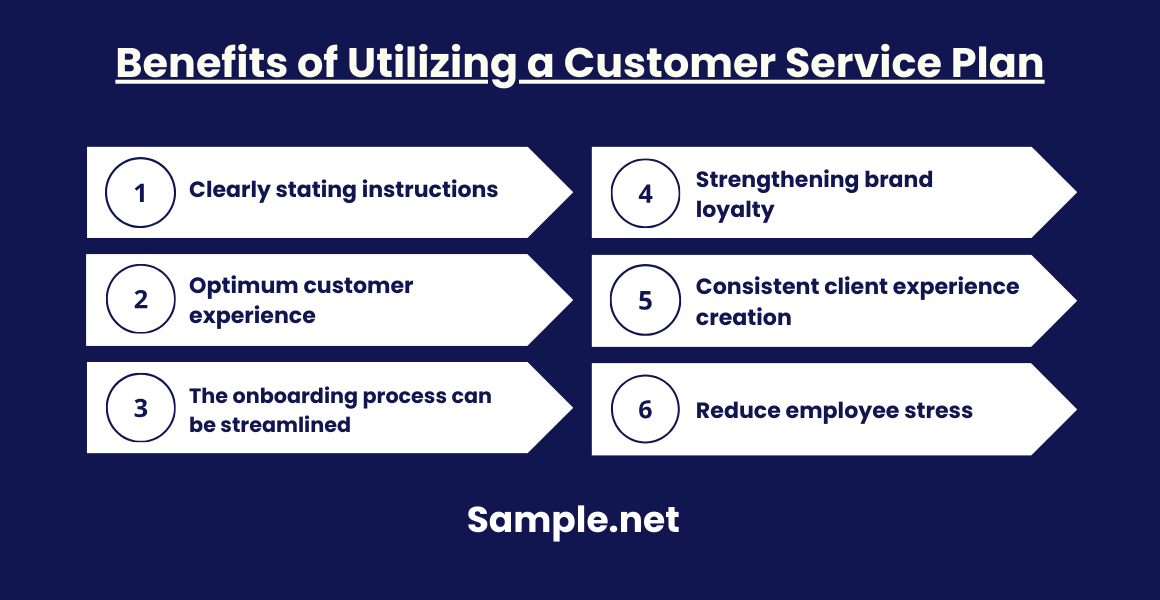
Customer service excellence is a vital component of a successful retail organization. Numerous retail firms frequently place a premium on service quality and organizational infrastructure. They fail to see that consumers have the power to build or ruin a firm. A strong customer service strategy, which can include everything from a quick retail point of sale system to how your team welcomes consumers, can benefit your business in various ways. You can also see more on Service Delivery Plans. Understanding how critical customer service strategies are to your online retail firm will enable you to make changes that will reap these top six benefits almost immediately upon their completion.
How to Create a Customer Service Plan
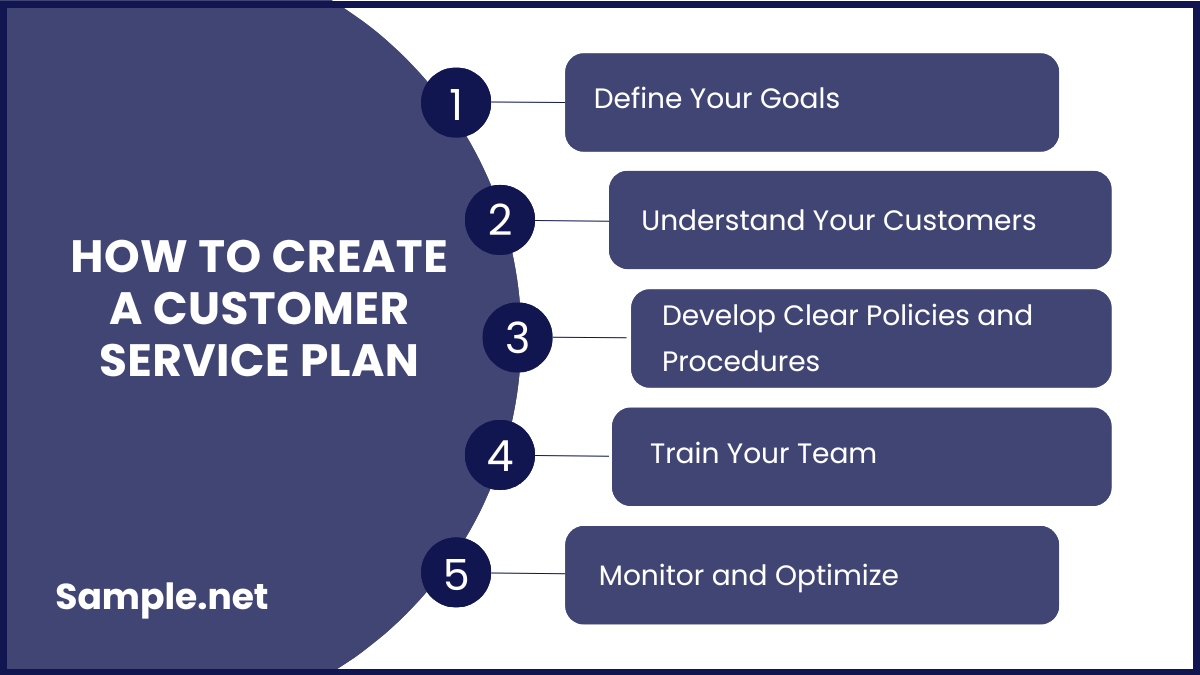
Step 1: Define Your Goals
The first step in creating a customer service plan is to establish your objectives. Identify what you aim to achieve, such as improving customer satisfaction, reducing response times, or increasing retention rates. Your goals should align with your business strategy and be SMART (Specific, Measurable, Achievable, Relevant, and Time-bound). For instance, “Increase the customer satisfaction score by 15% within six months.” You can also see more on Delivery Service Plan.
Step 2: Understand Your Customers
Knowing your customers is critical for designing a plan that meets their needs. Gather insights by conducting surveys, reviewing feedback, and analyzing CRM data. Create detailed customer personas to represent different segments of your audience, including their preferences, challenges, and expectations.
Step 3: Develop Clear Policies and Procedures
Establish guidelines for how your business will handle various customer interactions, including inquiries, complaints, and escalations. Define service standards such as response times and resolution times. For example, “Respond to all inquiries within 24 hours” or “Resolve issues within 48 hours.” You can also see more on Weekly Action Plan.
Step 4: Train Your Team
Training your staff ensures they can deliver exceptional customer service. Focus on areas like active listening, empathy, product knowledge, and problem-solving. Equip them with the tools they need, such as CRM systems and live chat platforms, to provide efficient support.
Step 5: Monitor and Optimize
Launch your customer service plan and track its effectiveness. Use metrics like Net Promoter Score (NPS), Customer Satisfaction Score (CSAT), and average response time to evaluate performance. Collect feedback from customers and employees to identify areas for refinement. You can also see more on Service Improvement Plan.
FAQs
What are the customer service objectives?
Customer service’s primary goal is to identify, interact with, respond to, resolve service issues, enhance customer relationships and experience, foster relationships, improve credibility, and foster customer loyalty.
What does it mean to provide superior customer service?
Superior customer service entails more than simply delivering products or services as ordered; it involves anticipating and responding to customer needs. Anticipate your customers’ needs by developing a deeper understanding of them through the use of insight provided by a robust customer relationship management (CRM) solution. You can also see more on Short Term Action Plan.
What are the customer’s primary concerns?
Customer priority refers to the customer’s emotional motivation to purchase your product or service. While an entrepreneur may create a product that meets a critical need or desire for the customer, the customer’s willingness to buy that product or service at a particular time is determined by priority.
What are the core elements of a successful customer service plan?
Core elements include understanding customer needs, defining clear communication policies, providing multi-channel support, and using technology like CRM systems. Each element ensures customers receive consistent, high-quality service.
What role does technology play in modern customer service plans?
Technology enhances efficiency through tools like AI chatbots, CRM platforms, and analytics software. It enables businesses to provide personalized, timely, and consistent support across channels. You can also see more on Design Strategic Plan.
What challenges do businesses face when implementing a customer service plan?
Common challenges include resistance to change, inadequate training, and lack of resources. Overcoming these requires strong leadership, clear communication, and investment in employee development and tools.
